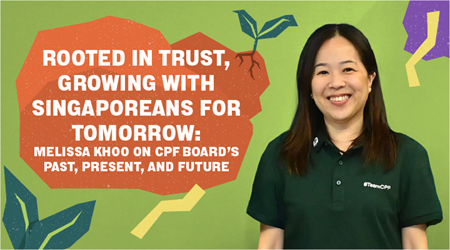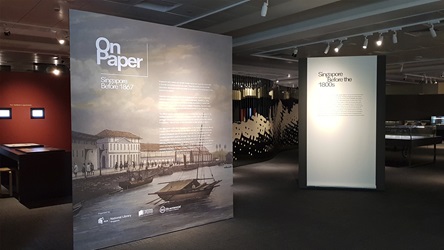Tales Of Malay Past

It was a year-long hunt for the finest and rarest of Malay-language manuscripts, some centuries-old.
The literary gems come not only from the vaults of the National Library Board (NLB), but also from abroad, including the repositories of the British Library, the Royal Asiatic Society of Great Britain and Ireland, and the Leiden University Library in the Netherlands.
Ms Tan Huism, who is the NLB’s Deputy Director of Content and Services, tapped her network of contacts to secure a loan of 54 artefacts for the NLB’s latest exhibition, Tales of the Malay World: Manuscripts and Early Books, which showcases more than 140 items in all.
The exhibition, which runs till end February 2018, explores the transition from handwritten manuscripts to the printing of early books in the 19th century. It also high-lights how Singapore was the centre for Malay-language printing in Southeast Asia during that time.
“Some of the manuscripts in the exhibition are really important works that in a way formed the cornerstones of the study of traditional Malay literature,” Ms Tan told Challenge.
“And since many of such rare Malay-language manuscripts were shipped to Europe some 200 years ago, this is also the first time they are coming back to this region. So it’s like a homecoming.”
The star artefacts on display include Sir Stamford Raffles’ copy of Sulalat al-Salatin (Sejarah Melayu, or The Malay Annals) – the earliest extant copy of the work that contains the tale of how Singapore got its name, and the oldest surviving manuscript of the Hikayat Hang Tuah, a story of ancient Malacca warriors dated November 1758.

In a Straits Times editorial published in September 2017, the political scientist and historian, Farish A Noor, wrote: “The value of this rare exhibition is that it reminds us that Southeast Asia was a major centre of learning and writ-ing, and that the region was home to its own community of intellectuals, philosophers, historians and writers of note.”
Balancing Act
Despite the strong literary theme of the exhibition, Ms Tan said she was also mindful of keeping it interesting for the uninitiated. “The challenge of working on a niche topic is how to make it more relevant for people,” she said.
“As a cultural institution, we need to strike a balance between doing something that we know would have a broad appeal and an exhibition that we feel may have sort of a niche appeal. We are, after all, a learning institution; we need to provide opportunities to the public to encounter a variety of topics.”
One solution, she said, was to include stories that would resonate with visitors of all ages. For the roving exhibition at the public libraries, she created a theme around the mousedeer, Sang Kancil, a well-known character in Malay folk stories. It also relates back to the public library’s collection of Asian and Malayan folk tales.
“We cater to that segment and make it more interactive. We also got an illustrator to illustrate some of the stories in comic form, for example, to make it more relatable to a younger audience.”

Another way to engage visitors on the topic was to include audio-visual elements and popular culture – specifically, Malay-language movies made in Singapore from the late 1950s and 1960s.
To that end, a separate display in the National Library’s lobby screens snippets of movies by Cathay-Keris Films and Shaw Malay Film Productions. Many of these films were inspired by tales from the Sulalat al-Salatin, and were first performed by traditional Malay opera troupes known as “bangsawan”, which were popular from the mid-19th to 20th century in Singapore, Malaysia and Indonesia.
Laughing, Ms Tan said she spent many weekends watching period films shot in Singapore, such as Dang Anum, Sultan Mahmud Mangkat Di Julang, and Raja Ber-siong.
“Singapore was then the hub for Malay films. I thought using films would be a great way to introduce the stories from the manuscripts, so we spent a lot of time distilling these films into five-minute snippets with English subtitles,” she added.
A Curator’s Job
Ms Tan’s interest in curation was sparked by her visits to museums as a child. The 52-year-old began her career at the National Museum of Singapore in 1990.

“The feedback on the exhibition has been very encouraging. I have people writing to me who said they had no idea how rich their culture is. For me to know that I have made it possible for people to discover their heritage is great!” she said.
Then again, engaging viewers is part and parcel of the work of a curator, she said.
“I always say this: curating is almost like producing a movie. You are the director – you direct how the story is told, you are also a casting director and scriptwriter because you select the objects to exhibit, you write the text, and you work with the designers for the exhibition design,” she added.
“Curating is an all-consuming job so it keeps me going to hear that people are learning and wanting to discover more!”
- POSTED ON
Feb 5, 2018
- TEXT BY
Zul Othman
- PHOTOS BY
Kevin Yang
- ART DIRECTION BY
Yip Siew Fei









